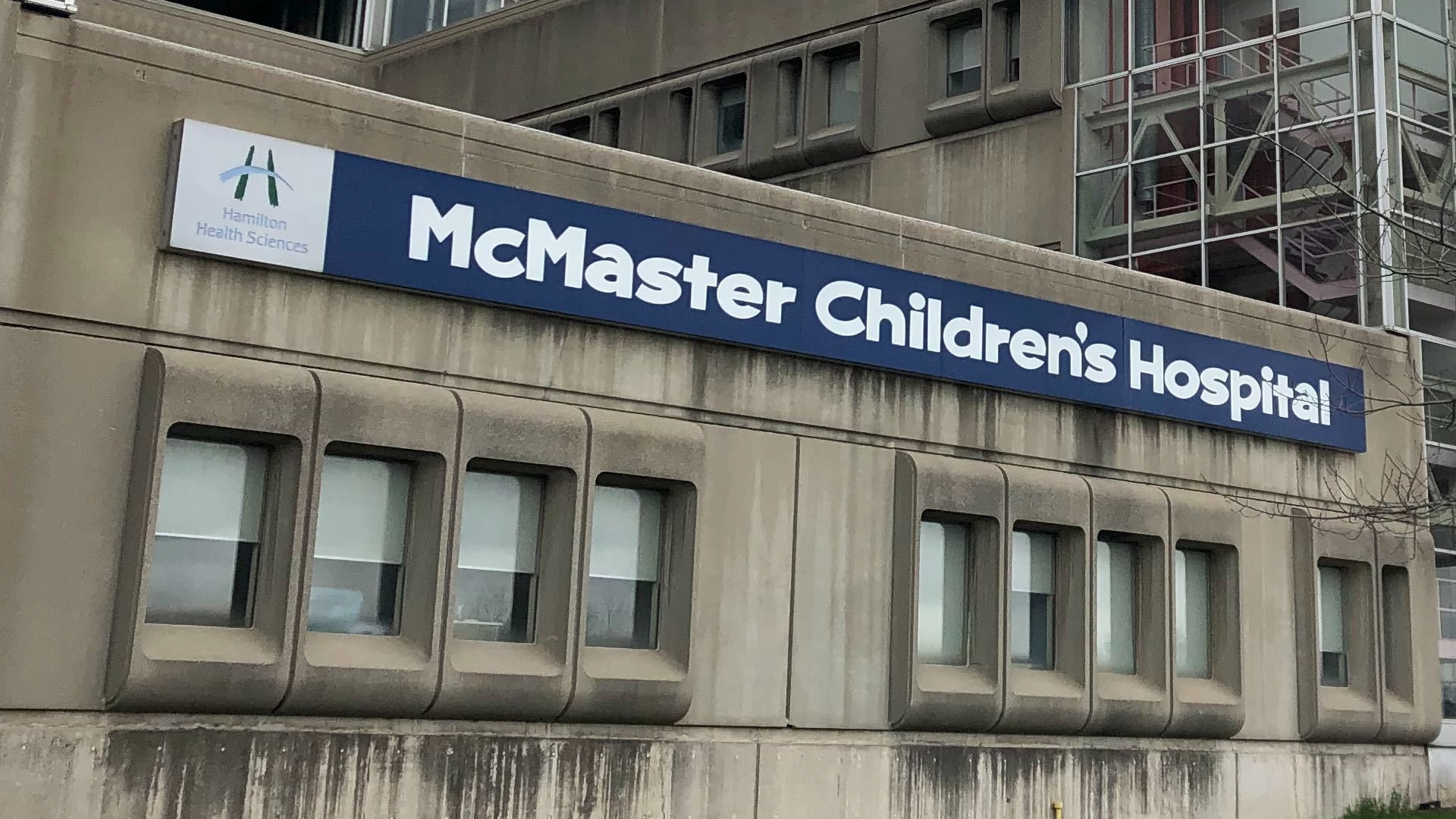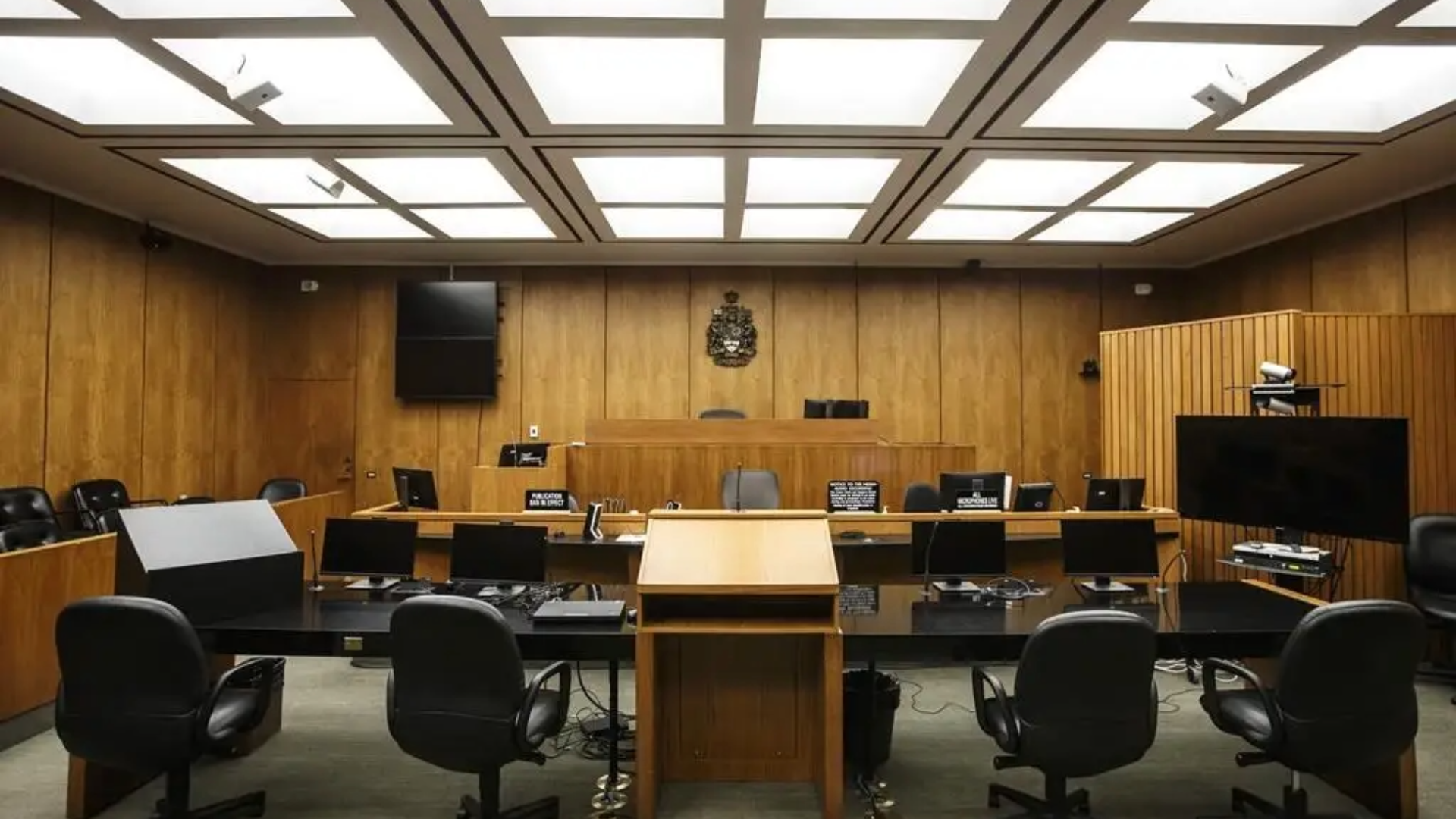
Ishac v Ontario (Health Insurance Plan) – Pectoral Implant Removal Not Covered by OHIP
In Ontario, the line between an insured health service and an elective cosmetic procedure can sometimes seem blurry. The Ontario Health Insurance Plan (OHIP) is

On December 30, 2024, the Honourable Justice Michael Bordin of the Ontario Superior Court of Justice determined that two pediatric neurologists of McMaster Children’s Hospital (“MCH”) were negligent in the treatment of a newborn girl’s seizures which unfortunately resulted in a significant brain injury along with intellectual and development delay.
In December 2002 Skyler Brown (“Skyler”) was born with a rare but well-known disorder, pyridoxine-dependent epilepsy (“PDE”). PDE causes seizures that cannot be controlled by antiepileptic medications but can be treated with pyridoxine. Pyridoxine is commonly known as vitamin B6.
Skyler and her parents sued the defendant physicians, Dr. Brandon Meaney and Dr. Gabriel Ronen for alleged negligence in Skyler’s care. Dr. Meaney and Dr. Ronen were pediatric neurologists at (“MCH”) in Hamilton, Ontario who were consulted about and who directed the treatment of Skyler’s seizures.
The plaintiffs alleged that the defendant doctors breached the standard of care in their treatment of Skyler between May 12, 2003, and July 6, 2003. They alleged that the defendants breached the standard of care in conducting a pyridoxine trial and in failing to treat Skyler with pyridoxine when her seizures returned on and after May 26, 2003. Further, they alleged that the defendants breached their duty to properly inform and obtain consent from Skyler’s parents.
Skyler suffers from severe neurologic injuries and intellectual and developmental delay. The plaintiffs assert that the defendants’ breach of the standard of care and failure to properly inform and obtain consent caused or contributed to Skyler’s intellectual and developmental delay and the developmental challenges she currently faces.
For their part, the defendant pediatric neurologists claimed that they exercised appropriate clinical judgment in a complex and evolving situation over 14 weeks involving a rare and little-known condition. They disputed that they were negligent in Skyler’s treatment or in obtaining informed consent. In addition, the defendants denied that the plaintiffs could establish causation.
Through detailed reasons, the trial judge concluded that the defendants breached the standard of care in their treatment of Skyler and breached their duty to inform Skyler’s parents. The trial judge further determined that these breaches caused or contributed to the significant brain injury Skyler suffered and the intellectual and developmental delay and the developmental challenges she currently faces.
In April 2003, Skyler began experiencing seizures, leading to hospital visits and various treatments including medication and a referral to a pediatrician. Despite management efforts, the seizures persisted and intensified, resulting in hospital readmissions. These events led doctors to explore potential causes, initiating trials of various treatments like IV Ativan, phenobarbital, pyridoxine, and an eventual ketogenic diet.
Following a series of medication adjustments and seizures, Skyler was induced into a coma in July 2003 to manage the severity of her episodes. After recovering, a new medication regimen was established that finally seemed to control the seizures successfully. However, attempts to discontinue some treatments, like pyridoxine, resulted in seizure recurrence, indicating their important role in Skyler’s seizure management.
From 2005 to 2008, Skyler’s condition was closely monitored, with Dr. Meaney suspecting PDE could potentially be the cause. Several trials were initiated, encompassing both dietary changes and medication adjustments, to gain a clearer understanding of Skyler’s condition.
Genetic testing in 2008 finally confirmed PDE as the diagnosis. The ketogenic diet was gradually phased out by mid-2009. Between 2008 and 2012, Skyler experienced minor seizures linked to infections and fever. However, a new dietary approach was initiated in 2013, involving lysine-restricted diet and arginine supplementation, which seemed to yield positive results. As of October 2015, Skyler had been seizure-free for approximately 17 months.
The two issues in dispute were standard of care and causation. Damages were settled prior to trial.
Dr. Jerome Yager is a full professor with tenure in the Department of Pediatrics at the University of Alberta. He was qualified to give expert evidence as a pediatric neurologist and clinical neuroscientist to provide opinion evidence in the areas of pediatric and newborn neurology, developmental disabilities, the assessment and treatment of infant epilepsy including PDE and was qualified to testify about the standards of care required for an empirical pyridoxine trial.
Dr. Max Wiznitzer is a full professor of Pediatrics and Neurology at Case Western Reserve University School of Medicine in Cleveland, Ohio. He was qualified to provide opinion evidence as an expert in the areas of pediatric neurology, neurodevelopmental disability, the assessment and treatment of infant epilepsy including PDE and was qualified to testify about the standards of care required in the assessment and treatment of intractable seizures in infants and the cause of brain injury in an epileptic pediatric population.
Dr. Carter Snead was qualified in pediatric neurology with expertise in epilepsy qualified to provide opinion evidence on standard of care and causation.
Dr. Prasad was qualified in pediatrics, pediatric neurology, neurogenetic and neurometabolic disorders with special expertise in epilepsy qualified to opine on both standard of care and causation
The trial judge was critical of the defendant physicians’ failure to implement a monotherapy trial before May 20, 2003, despite the rarity of PDE, which endangered the patient’s health.
An insufficient observation period for recurrence of seizures after discontinuing pyridoxine on May 16, 2003, further demonstrated a lack of adherence to the known practices for atypical PDE. The doctors also neglected to consider restarting pyridoxine when seizures recurred, effectively leaving a promising treatment option unexplored. Despite evidence suggesting its potential effectiveness, the defendants resisted the idea that pyridoxine could control seizures. This lack of clinical judgment in selecting treatment options, and specifically overlooking pyridoxine as a low-risk alternative, fell below the standard of care.
The trial judge went on to find that the defendant physicians chose to blindly follow a common practice that was “fraught with obvious risk,” rather than administering an innocuous vitamin like pyridoxine which could have mitigated severe risks without causing harm. For these reasons, the trial judge found their conduct negligent.
The court also found a lack of informed consent with respect to the treatment of the patient. The trial judge found that the defendants failed to provide information regarding the pyridoxine trial and their decision to take Skyler off B6 without adequately discussing potential risks, benefits, and alternatives. Further, they failed to explain the need to restart pyridoxine should Skyler’s seizures resume.
It was the trial judge’s view that the parents were not given enough information about possible alternative treatment options. To establish a lack of informed consent, plaintiffs must prove that had they been fully informed, they would have made different treatment decisions. The mother’s testimony indicated that this was the case – if sufficiently informed, she would not have consented to stopping B6 and would have immediately restarted it when the seizures returned. Thus, the defendants’ lack of disclosure effectively denied Skyler’s parents the ability to make fully informed decisions regarding their child’s treatment.
The trial judge found that any reasonable person, properly informed, would very likely have continued the B6 on May 16, 2003, not agreed to stop the B6, and certainly would have restarted the B6 or queried the doctors if it should be restarted when the seizures returned on May 26, 2003, and thereafter.
Causation was established in this case. The trial judge accepted the evidence that was presented to substantiate a causal link between the delay and Skyler’s condition. Noteworthy factors included the regression in Skyler’s development post-July 6, 2003, a slowdown in brain growth and a comparison made to her twin sister, Summer, who improved with early treatment.
The defendants argued that Skyler’s outcome would have remained unchanged irrespective of early pyridoxine supplementation. They pointed out the complexities of PDE as a neurodevelopmental disorder, variations in developmental outcomes among individuals, and the scarcity of robust evidence in PDE studies. Multiple expert opinions failed to reach consensus on the impact of pyridoxine treatment and several other aspects related to PDE.
However, the court confirmed causation, citing the plaintiffs’ successful demonstration of a probable causal link between the defendants’ breaches of standard care and Skyler’s injury. Contributing failures included the lack of a suitable observation window for seizure returns, a delay in considering and administering pyridoxine, and a failure to adequately inform the patient’s parents about her condition. All these elements led to Skyler suffering repeated brain-injuring seizures and being put into a coma. The court concluded these circumstances, which would not have occurred without the negligence of the defendants, significantly contributed to the brain injury Skyler suffered, leading to severe intellectual and development disabilities and challenges.
Decision Date: December 30, 2024
Jurisdiction: Ontario Superior Court of Justice
Citation: Brown v. Meaney, 2024 ONSC 7256 (CanLII)

In Ontario, the line between an insured health service and an elective cosmetic procedure can sometimes seem blurry. The Ontario Health Insurance Plan (OHIP) is

On February 11, 2019, Bradley McKee stabbed his father, William McKee, to death. At the time of the stabbing, Bradley was 27 years old; he

On August 22, 2025, a judge of the Ontario Superior Court of Justice found emergency medicine physician Dr. Angela Cavanagh negligent for not referring a

On August 14, 2025, the Court of King’s Bench of Alberta found Dr. Mark Guhle liable for over $16,500,000 for medical malpractice leading to the